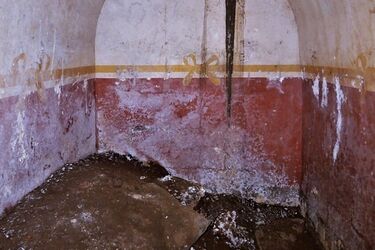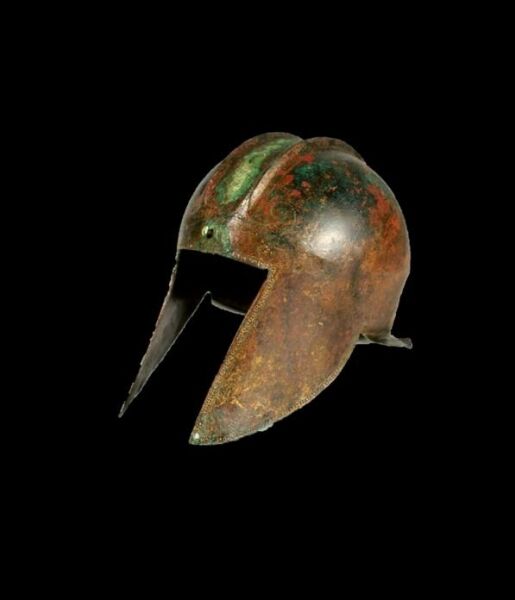An unexpected find in the sewers: Macedonian archaeologists discovered a tomb dated to the 3rd century BC. (photo)

In the area of the city of Vergina, historically known as Aegae, in Central Macedonia, an ancient tomb belonging to a noble family was found. Research has shown that the burial could have belonged to an influential person because, among the items discovered, there were unique artifacts.
Archaeologists found the tomb during the routine construction of a sewer network. Arkeonews writes about it.
This territory in ancient times served as the center of the Macedonian kingdom, located to the north of Greece. Even after the capital was moved to Pella in the 4th century BC, the Aegean continued to be an important burial place for the royal family.
At the 36th annual archaeological meeting of the Archaeological Project in Macedonia and Thrace in Thessaloniki, Angeliki Kottaridis, Emeritus Head of the Department of Antiquities, presented this find along with other artifacts discovered during recent excavations.
The tomb, which dates back to the 3rd century BC, was discovered among the mounds on the northwestern side of the necropolis. A room measuring 3.7 by 2.7 meters was found inside.
A man was buried in the tomb with a shield reinforced with iron elements, which may indicate that he belonged to the Macedonian elite cavalry, known as hetairai. The high quality of weapons found nearby may indicate that they were made in a high-class workshop.

Gold ribbons with delicate bows decorated the inner surfaces of the tomb, while the facade was decorated with multi-colored stucco. Archaeologists believe that such details may be evidence that the tomb was converted to bury the wife of a high-ranking person.
In another burial, discovered not far from the first in 1969 by Dimitris Pandermanlis, two other burials were found, which may indicate a concentration of graves of wealthy people. These finds give us a window into the everyday life and customs of ancient civilizations, expanding our knowledge of history.
These artifacts not only reveal aspects of the life of the ancient Macedonians but also highlight the importance of continuous archaeological excavations. Discoveries made through such research not only capture our imagination but also enrich the collective memory, preserving information about those who lived before us for future generations.
If you want to receive the latest news about the war and events in Ukraine, subscribe to our Telegram channel!
